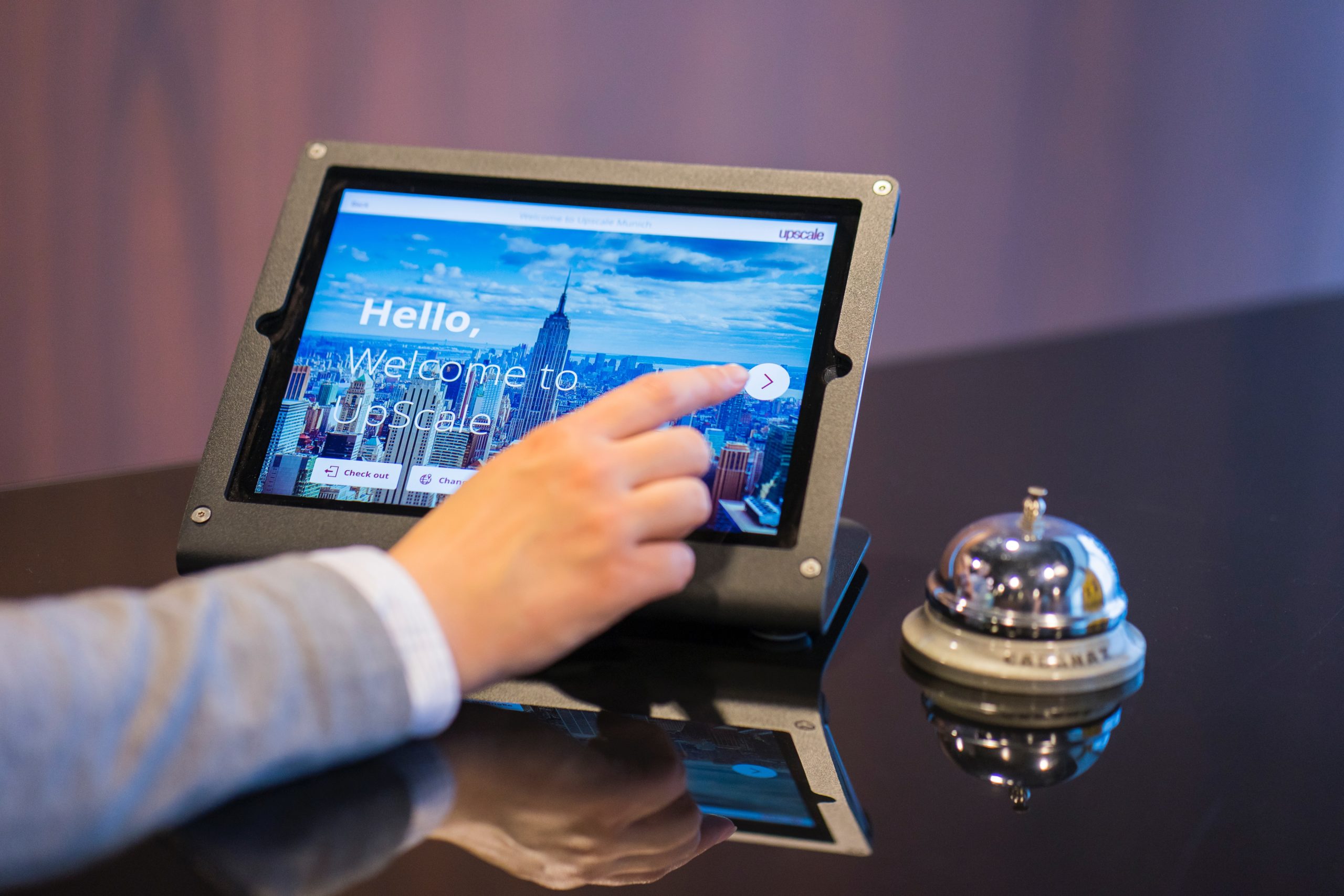There is only so much a hotel can do to drive bookings and maximize revenue during the low season. At a certain point, the priority must shift to reducing internal costs and improving operational efficiency. We recommend following these tips to make the most of a slower season.
1. Perform Regular Forecasting
The sooner you begin preparing for the low season the more effective your efforts will be. Regularly forecasting your occupancy helps you anticipate when bookings will fall and allows time to adjust your operating strategy preemptively. Ideally, you have a hotel PMS in place that makes it easy to generate reports and provide different perspectives on the data.
2. Reconfigure the Staff Mix
There is no reason to schedule staff who are unneeded, but you also don’t want to operate with a skeleton crew and risk compromising the guest experience. The low season is a natural time to scale back your staff, but you should also consider shifting people into new roles and carrying out training efforts that provide staff with a holistic view of operations.
3. Make Energy Efficiency Improvements
You also need less energy when your hotel is under-occupied. Simple strategies like closing off parts of the property or redirecting your HVAC can help cut the monthly bills without affecting operations. The low season is also a great time to make more systemic energy efficiency improvements. That may require some capital investment, but it can lead to lower operating costs over the long term. With a comprehensive PMS, hoteliers are able to get an overarching perspective on operations and identify more opportunities to improve efficiency.
4. Eliminate Inventory Waste
Depending on how deep your occupancy dips, you can scale back the amount of goods and services you regularly order. Again, be cautious of going too low; the challenges of the low season don’t get any easier when you run out of clean sheets or room service menu options. This is also a good time to reevaluate supplier relationships. You may be able to save money by switching suppliers during the low season, and then switching back when business picks up.
5. Improve Administrative Efficiency
The low season is an ideal time for managers and administrators to focus on big plans and long-term strategies. By spending time on tasks other than routine responsibilities, like planning out next year’s budget, managers can effectively strategize for the future, rather than waste time trying to fulfill the same duties they have when the hotel is full.
6. Re-Purpose Marketing Assets
Marketing is more important than ever during the low season. But if you face insurmountable obstacles like cold weather or shuttered attractions, you don’t want to invest heavily in new marketing materials that are going to have a limited impact. The low season is a great time to take content that has already been produced—blogs, videos, guest reviews—and re-purpose it for new channels. Low-cost marketing strategies like initiating a contest on social media can also provide a lot of value.
While an upcoming slow period may cause some stress and uncertainty, by planning in advance you can keep this to a minimum. A good PMS will help you prepare for gaps in vacancy rates throughout the year and streamline your relationship with online travel agencies. By automating more of the heavy lifting, decision-makers can use the low season to focus less on the present and more on the future.
RoomKeyPMS is the solution of choice for data-driven hotel properties. Not only does it help to minimize internal costs, but it provides powerful tools to maximize revenue-generating opportunities. Contact us to learn more about the next revolution in property management.
Photos: Shutterstock / Olena Yakobchuk




